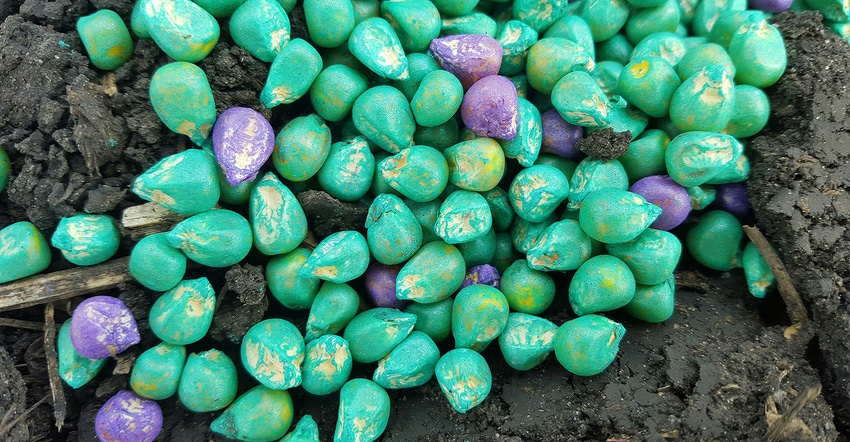May 7, 2021

Lately, we have had what I would call nuisance rains. Don’t misunderstand me, we are grateful for any precipitation, but the highest total event we have had is about three-quarters of an inch. It hasn’t been enough precipitation to aide our moisture deficit, but it has been just enough to keep us out of the fields a large chunk of the time. Wind that has been coming with these fronts has also kept sprayers sidelined as well.
Who knows, the delays might be a good thing. Early April, temperatures were great. Everybody was pushing and prepping for an early spring. Then the pattern changed, and we seem to be stuck in this cool- -then-cold cycle.
Well, it’s the first week of May, and it’s time to make things happen regardless. Though we have an adequate length of a growing season, the pinch starts to set in when the calendar turns into the second or third week of May. I think it has set in early this year because of the great weather early. We aren’t pushing super hard, but we are trying to get fields planted.
So, now on to the headline of this blog. In past years I’ve written about chilling inhibition injury, sending seed samples for cold saturated germination tests, and planting when the ground is warm. Since soils aren’t warm, we are using the data from our cold saturation results to guide our seed selection. Simply put, we are starting with the best scores, 90% plus. Today we may plant some in the high 80% range, but that will be done from a pollination/grain fill risk management standpoint as most of the corn we have planted has been in the same geographical location and had similar maturity.
You never want to put seed in the ground thinking: what if only 85% comes up. But with the cold sat score, we have better direction as to what we may expect in extreme situations. This scenario is a good opportunity to show how we integrate some of the topics I talk about into risk management.
The opinions of the author are not necessarily those of Farm Futures or Farm Progress.
About the Author(s)
You May Also Like






